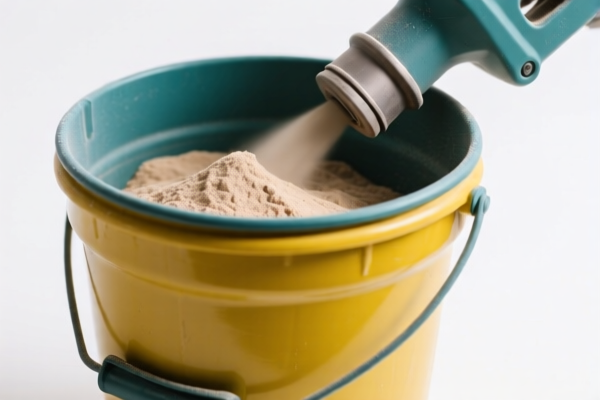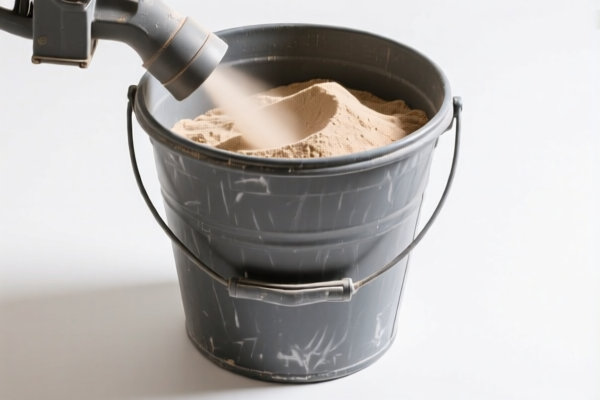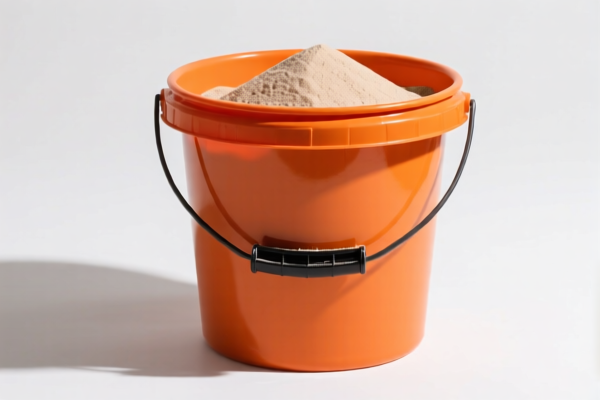| HS Code | Official Doc | Tariff Rate | Origin | Destination | Effective Date |
|---|---|---|---|---|---|
| 7326908688 | Doc | 82.9% | CN | US | 2025-05-12 |
| 7325100080 | Doc | 55.0% | CN | US | 2025-05-12 |
| 7325995000 | Doc | 82.9% | CN | US | 2025-05-12 |
| 8301406060 | Doc | 43.2% | CN | US | 2025-05-12 |
| 8301500000 | Doc | 40.6% | CN | US | 2025-05-12 |
| 8306100000 | Doc | 35.8% | CN | US | 2025-05-12 |
| 8306290000 | Doc | 30.0% | CN | US | 2025-05-12 |
| 8424301000 | Doc | 55.0% | CN | US | 2025-05-12 |
| 8424902000 | Doc | 55.0% | CN | US | 2025-05-12 |
| 8474200010 | Doc | 55.0% | CN | US | 2025-05-12 |




Sandblasting Bucket
A sandblasting bucket, also known as a pressure pot or abrasive blast pot, is a pressurized container used to hold abrasive media and force it onto a surface using compressed air. It is a core component in sandblasting operations, employed for cleaning, etching, or texturing materials.
Material:
- Tank: Typically constructed from carbon steel, stainless steel, or alloy steel to withstand high pressures (typically 80-250 psi). Steel is chosen for its durability and resistance to abrasive wear. Internal liners (often made of rubber or polyurethane) are frequently used to extend the lifespan of the tank by protecting it from abrasive impact.
- Components: Valves, nozzles, hoses, and fittings are generally made of steel, brass, or other corrosion-resistant alloys. Sight glasses are often made of tempered glass or polycarbonate.
Purpose:
The primary purpose of a sandblasting bucket is to provide a controlled and efficient means of delivering abrasive media to a surface. Specific applications include:
- Surface Preparation: Removing rust, scale, paint, and other contaminants from metal surfaces prior to coating, welding, or other treatments.
- Cleaning: Removing dirt, grime, and other debris from various materials.
- Etching: Creating a textured surface for improved adhesion or aesthetic purposes.
- Deburring: Removing sharp edges and imperfections from metal parts.
- Cutting: Certain specialized nozzles and abrasives can be used for cutting softer materials.
Function:
The bucket operates on the principle of pressurized air. Compressed air is introduced into the tank, which forces the abrasive media down a hose and out through a nozzle. The high-velocity stream of abrasive particles impacts the target surface, removing contaminants or creating the desired effect. Key functional components include:
- Air Inlet: Connects to a compressed air source.
- Abrasive Inlet: Allows for filling the tank with abrasive media.
- Control Valve: Regulates the flow of abrasive media.
- Pressure Gauge: Monitors the pressure inside the tank.
- Nozzle: Directs the abrasive stream onto the surface.
- Hose: Delivers abrasive media from the tank to the nozzle.
Usage Scenarios:
- Automotive Repair: Removing rust from car bodies and chassis.
- Construction: Preparing steel surfaces for painting or welding.
- Marine Industry: Cleaning and restoring boat hulls and metal parts.
- Industrial Maintenance: Cleaning and restoring equipment and machinery.
- Foundries & Fabrication: Removing sand and scale from castings and fabricated parts.
- Stone & Glass Engraving: Etching designs onto stone and glass surfaces.
- Restoration: Cleaning and restoring antique metal objects.
Common Types:
- Portable Sandblasting Buckets: Smaller, lighter buckets designed for on-site use. Typically have a capacity of 1-3 cubic feet.
- Stationary Sandblasting Buckets: Larger, heavier buckets designed for fixed locations. Typically have a capacity of 4-10 cubic feet or more.
- Automatic Sandblasting Buckets: Equipped with automated controls and features for consistent and efficient operation. Often used in industrial settings.
- Syphon Feed Sandblasting Buckets: Utilize a venturi effect to draw abrasive media from a separate container, rather than relying on pressure to force it from within the tank. Less common for heavy-duty applications.
- Wet Blast Pots: Designed to mix abrasive media with water or other liquids, reducing dust and providing a softer blasting action.
Sandblasting buckets fall under machinery used for projecting or dispersing materials, specifically for cleaning or surface preparation. They are components of sandblasting machines.
Here are the relevant HS codes based on the provided reference material:
-
8424301000: Steam or sand blasting machines and similar jet projecting machines: Sand blasting machines. This code covers the complete sandblasting machine, of which the bucket is a part.
- 84: Machinery and mechanical appliances.
- 24: Machinery for sorting, screening, separating, washing, crushing, grinding, mixing or kneading earth, stone, ores or other mineral substances; machinery for agglomerating, shaping or molding solid mineral fuels, ceramic paste, unhardened cements, plastering materials or other mineral products in powder or paste form; machines for forming foundry molds of sand.
- 30: Steam or sand blasting machines and similar jet projecting machines.
- 10: Sand blasting machines.
-
8424902000: Parts: Of sand blasting machines. This code specifically covers parts of sandblasting machines, including buckets.
- 84: Machinery and mechanical appliances.
- 24: Machinery for sorting, screening, separating, washing, crushing, grinding, mixing or kneading earth, stone, ores or other mineral substances; machinery for agglomerating, shaping or molding solid mineral fuels, ceramic paste, unhardened cements, plastering materials or other mineral products in powder or paste form; machines for forming foundry molds of sand.
- 90: Parts and accessories.
- 20: Of sand blasting machines.
The total tax rate for both HS codes is 55.0% according to the provided reference material. This includes a 25.0%加征关税 and a 30.0%加征关税 that will be applied after 2025.4.2.
Customer Reviews
No reviews yet.